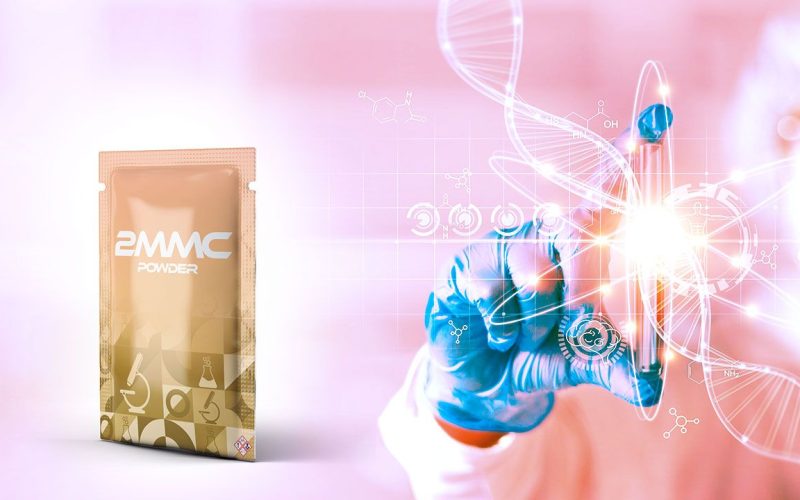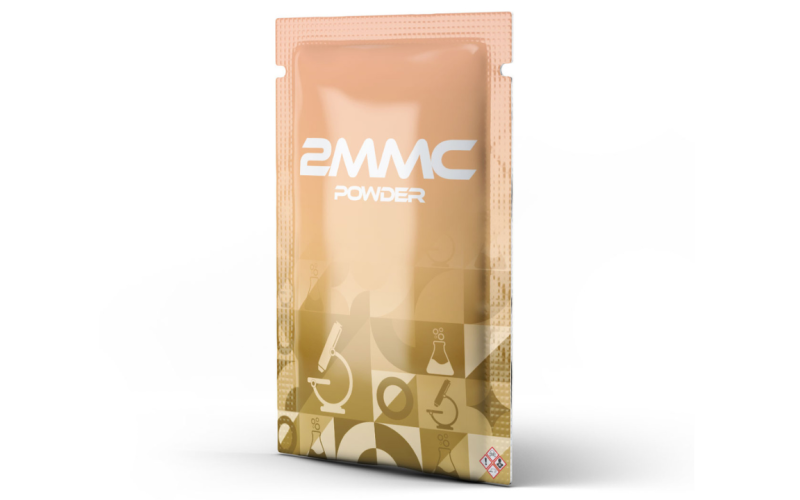When to Redose 2MMC
Lead the way in research with Aimimichem. Our commitment to purity and precision makes us the go-to source for high-quality research chemicals. Explore our collection now!

Understanding the Redosing Guidelines for 2MMC: Insights for Researchers
When discussing the complex world of research chemicals, particularly stimulants like 2MMC (2-Methylmethcathinone), it is crucial to approach the subject with an analytical mindset and a strict adherence to safety and regulatory guidelines. This guide aims to provide a detailed examination of the factors influencing the decision to redose 2MMC, highlighting the importance of dosing intervals and the physiological implications of redosing. Please note, all information provided is for educational and research purposes only—Aimimichem does not endorse or promote the human consumption of research chemicals.
What is 2MMC?
2MMC belongs to the substituted cathinone class, chemicals that are closely related to the phenethylamine family. These substances often share similar stimulant effects to amphetamines and are frequently utilized in research settings to study their psychoactive properties. Aimimichem, known for its rigor in providing lab-tested and reliable products, offers 2MMC strictly for laboratory use, ensuring that all samples conform to the highest standards of chemical purity and research integrity.
The Pharmacology of 2MMC
Understanding the pharmacological profile of 2MMC is essential before discussing dosing protocols. 2MMC acts primarily as a central nervous system stimulant, increasing levels of major neurotransmitters such as dopamine, norepinephrine, and serotonin. This increase in neurotransmitters typically results in heightened alertness, increased energy, and a sense of euphoria, characteristic of many stimulants.

Factors to Consider Before Redosing 2MMC
1. Tolerance Development: One of the critical considerations before deciding to redose is the potential for rapid tolerance buildup. Researchers observe that subjects can quickly develop a tolerance to the effects of stimulants like 2MMC, necessitating larger doses to achieve the same physiological response. This can complicate research outcomes and should be carefully managed.
2. Time Interval Between Doses: The optimal time interval between initial dosing and redosing can vary based on the experimental design and objectives. However, it is generally recommended to allow a significant period to pass before administration of a subsequent dose to accurately measure the effects and avoid overlap that could skew data.
3. Physiological Impact: Continual monitoring of the research subject’s physiological responses is imperative. Variables such as heart rate, blood pressure, and general behavioral changes should be recorded meticulously to understand the compound’s impact fully.
.
We only sell our products to customers aged 18 years or over, for purposes of research only.
Theoretical Framework for Redosing 2MMC
It’s advisable to approach redosing with a structured framework in mind:
Initial Dose Evaluation: Thoroughly assess the impact of the first dose before considering a subsequent one. This involves detailed observation of all physiological markers and behavioral changes.
Decision Point: Based on the initial findings, decide whether redosing is necessary and what objectives it serves within the research context.
Interval Timing: If redosing is deemed necessary, plan the timing carefully to differentiate between the effects of the first and second doses. A typical window might range from several hours to a full day, depending on the specific goals of the study.

Ethical and Legal Considerations
As a reputable distributor operating under Dutch law and REACH regulations, Aimimichem stresses the importance of conducting all research in a controlled, ethical, and legal manner. The company’s commitment to safety is mirrored in their strict age restrictions and their clear stance against human consumption.

Redosing 2MMC, like any research chemical, requires a nuanced understanding of its pharmacological profile, a clear set of research objectives, and a rigorous adherence to safety protocols. Researchers are encouraged to maintain high standards of experimental control and ethical consideration. With Aimimichem’s high-quality, lab-tested products, the research community can continue to explore these complex chemicals in a secure and reliable environment.
Remember, all information related to 2MMC provided by Aimimichem is intended for educational and research use only, and must not be used for any other purposes, especially not for human consumption.
Have Any Questions
We've answers
Researchers should consider the initial dose’s effects, the development of tolerance, and the physiological responses recorded. It’s crucial to assess whether the research objectives justify a second dose and to ensure that safety protocols are strictly followed.
Aimimichem recommends waiting for a significant period, typically several hours to a full day, between the initial dose and a redose. This interval helps to prevent overlapping effects and ensures clear, unbiased research data.
The procedure involves carefully evaluating the impact of the first dose, deciding on the necessity and timing of a redose based on empirical data, and continuously monitoring all relevant physiological indicators to ensure research integrity and subject safety.
We only sell our products to customers aged 18 years or over, for purposes of research only.

